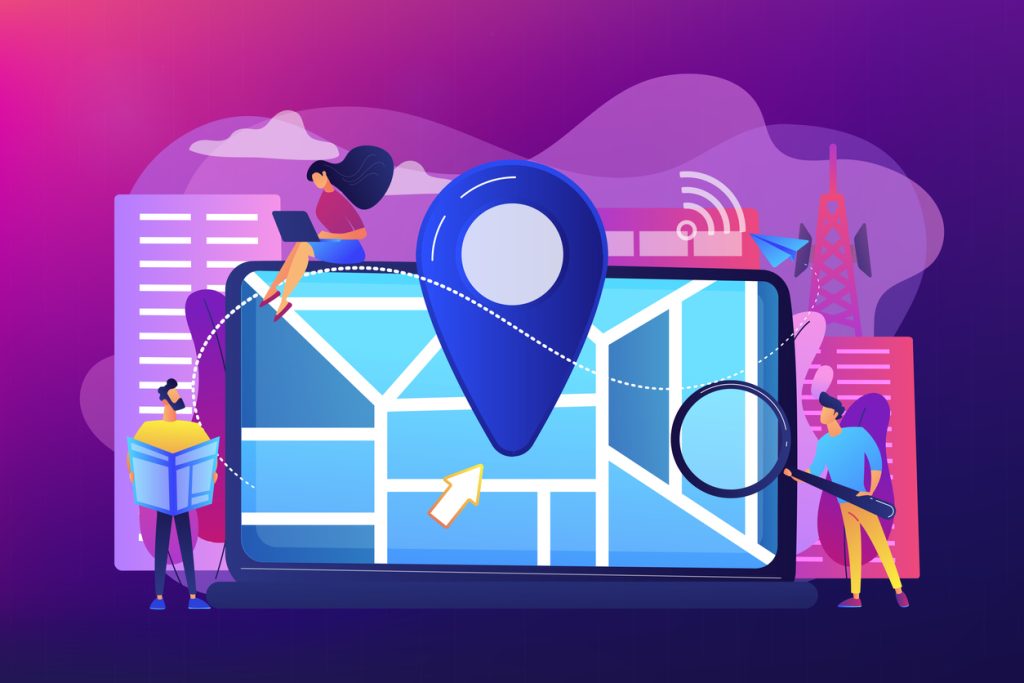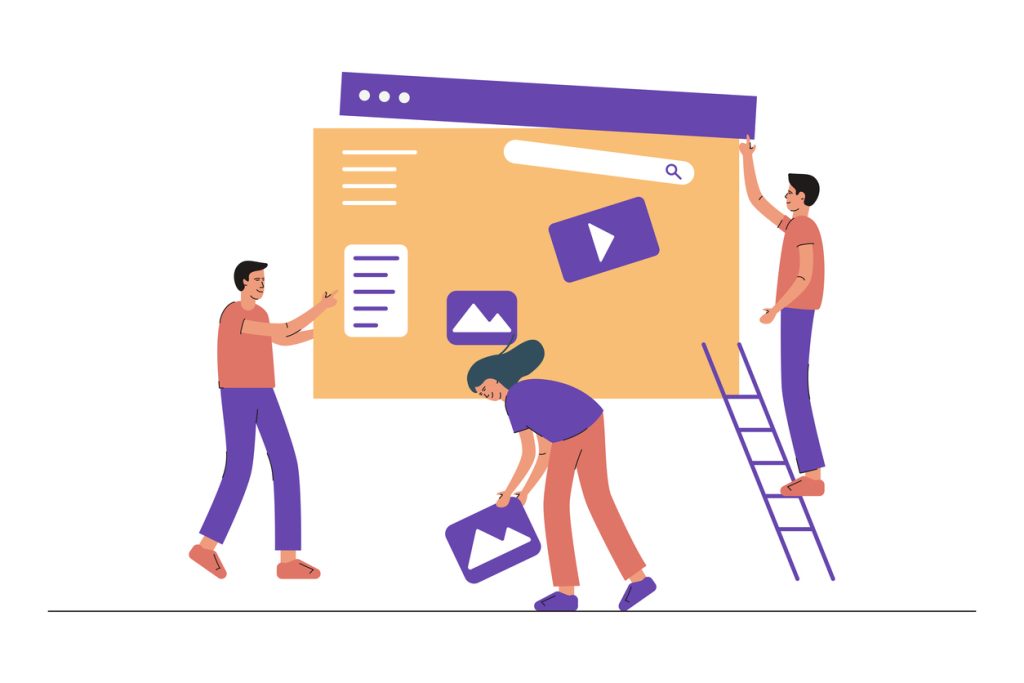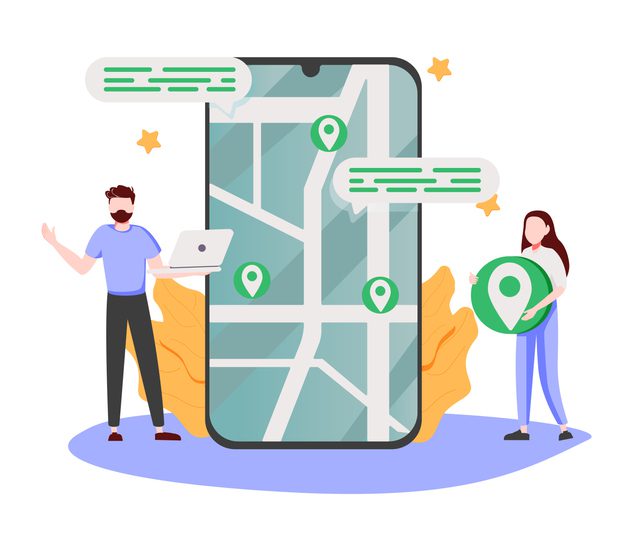About 75% of marketers agree that Google is becoming the new homepage for local businesses. In fact, 64% of consumers use Google Business to find business addresses and phone numbers. Without a strong search engine optimization (SEO) strategy, however, you could miss the chance to reach local customers.
Read on to learn everything you need to know about local SEO. Using this guide can help you reach more local consumers online. Then, you can start generating more website traffic, leads, and sales to help your business grow! Discover how local SEO works with this comprehensive guide today.
What Is Local SEO?
Before you begin adding local SEO to your digital marketing strategy, let’s cover the basics.
SEO is a series of marketing tactics that can boost your search engine visibility. When consumers search for your products or services, your website could appear as a search result. Then, consumers can click on your website or blog content to discover your business.
Local SEO can help local businesses (namely, brick-and-mortar locations) improve their search engine rankings. With white hat SEO tactics, you can reach consumers in your local area to attract them to your business.
A strong search engine optimization strategy involves different types of SEO, including:
- On-page SEO
- Off-page SEO
- Technical SEO
- Local SEO
Digital marketers can leverage these types of SEO tactics to position their products and services in front of consumers who are searching for them. Since these consumers are actively searching for your offerings, they’re more likely to convert into paying customers.
The Benefits of Local SEO
When marketing businesses online, it’s important to have an omnichannel approach to reaching consumers. Adding local SEO to your digital marketing strategy can help expand your reach and online visibility.
Here are a few ways optimizing for local SEO can help your business.
Generate Brand Awareness
Increasing brand awareness is a top priority for 45% of digital marketers. Generating brand awareness is key to driving new customers to your business before fostering brand loyalty. Gaining loyal customers can lead to repeat sales and a higher ROI.

Improving your local SEO search engine rankings can help you generate that brand awareness.
With a strong SEO strategy, you can appear at the top of the first page of search results.
In time, your brand will stick at the forefront of their minds. When they want to purchase your product or service, they’ll recall seeing your website or Google Business listing on a search engine result page. Then, they might decide to contact your business instead of one of your competitors.
Attract Local Traffic
Improving your local search engine rankings can help you generate more foot and website traffic.
Remember, higher rankings will ensure consumers see your website before any other. They can click on the link to your site to find helpful, informative content.
Your Google Business profile can direct consumers to your website or your storefront. Consumers can even get immediate directions to your business.
As you generate more website and foot traffic, you could notice an uptick in sales.
Get Ahead of Competitors
Improving your local SEO rankings with different types of content can also help you rank ahead of competitors. Appearing ahead of the competition could help you look like a more credible brand.
Small businesses are able to utilize SEO to rank ahead of large corporations, allowing them to even the playing field.
Become a Thought Leader
Posting high-quality, informative blog content can also help you express your experience and expertise in the industry. You can show consumers you understand your niche. In time, you could become their go-to resource for information.
Optimizing for Local SEO
About 30% of all mobile searches are location-specific. Meanwhile, 76% of people who complete a mobile search visit a nearby store within a day. Nearly 30% of these visits result in a purchase.
With an effective local SEO strategy, you can attract new customers to your business, enabling your business to grow. Here are a few ways you can start adding local SEO to your digital marketing strategy.

Claim and Optimize Your Google My Business Profile
64% of consumers use Google Business to find business addresses and phone numbers. Help consumers find your contact information by claiming and optimizing your Google My Business listing.
Your Google Business listing will appear in the top right corner of a search engine results page (SERP). Taking up prominent space on the page can help you generate more brand awareness and website traffic.
Your listing will display your:
- Business name
- Phone number
- Address/Directions
- Business hours
- Website
- Business category/subcategory
- Recent updates
- Customer reviews
- Photos/videos
First, make sure all the information on your listing is accurate. If anything changes, update your listing right away. Otherwise, you could frustrate consumers who visit the wrong store or call the wrong number.
It is also important to post recent photos of your storefront or products, too.
Keep Your NAP Consistent
Update your name, address, and phone number (NAP) across all online directories. For example:
- Yelp
- Trip Advisor
- Bing
- Factual
- Foursquare
- Neustar Localeze
Make sure the information is consistent with what appears on your website. Look for any inconsistencies in misspellings, abbreviations, or numbers.
Google will check to confirm the information is accurate. Make sure it’s crawlable HTML text to ensure Google can display it according to location-based search results.
Confirm that your NAP appears on your footer’s website and your Contact Us page.
Perform a Local SEO Audit
Take the time to perform a local SEO audit across your website. You can determine where your website currently stands and where you need to make improvements.

First, confirm your Google Business listing appears on SERPs with accurate information. Then check Google Search Console to confirm your site is crawlable and indexed, checking for any errors that are hindering indexing as well.
Next, complete an on-page SEO audit across your site. Each page should have a target keyword, which should appear in the:
- Page title
- URL
- Body text
- H1 header
- Image file name and alt text
- SEO title and meta description
The SEO title and description will appear on SERPs to encourage consumers to visit your website. Make sure each one is accurate and engaging.
Complete a citation audit to ensure your citations are accurate across all business directories, too.
If you need help, consider looking for a digital marketing agency like Elite Digital that offers local SEO services.
Improve Your Internal Linking
Internal links send visitors who are on your website to other pages. Improving your internal linking structure can benefit your organic rankings.
Otherwise, visitors might struggle to explore your content. Proper linking also benefits a website’s information architecture and hierarchy. It can also distribute page authority and ranking power between different pages.
Create Location Pages
About 82% of consumers shopping from a smartphone conduct “near me” searches. You can appear for more of these searches by creating location pages on your website.
Create a separate page for each business location. Include your:
- Name
- Address
- Phone number
- Store hours
- Unique store descriptions
- Location-specific promotions
- Testimonials from local clients
- Parking/transit information
Then, embed a Google Map onto the page. Optimize the page by targeting location-specific keywords. Share a photo of each storefront, too!
Write Local Blog Content
Add local SEO to your content marketing strategy this year.

First, gather keyword research to determine what queries your customers search to find your business online. Then, target that keyword within a blog post.
Experiment with different types of content, including:
- Blogs/articles
- Webinars
- eBooks
- Infographics
- Polls
- Quizzes
- Videos
Make sure each blog post targets a location-specific keyword. Choose long-tail keywords, which are more precise, to align your content with the user’s search intent. Make sure each post is relevant to their search.
With content creation, focus on quality over quantity. Provide your customers with helpful information they can’t find elsewhere to become a thought leader within your niche.
Update Your Website for Local SEO
As part of your technical SEO strategy, it’s also important to update your website. Google prioritizes sites that are fast, mobile-optimized, and user-friendly.
Remember, most local searches are completed on mobile devices. You can appeal to these on-the-go consumers with a mobile-optimized website. If your site is difficult to use on a mobile device, visitors will leave.
As your bounce rate increases, your SEO rankings could drop. Instead, update your website to offer the best possible user experience.
Generate Customer Reviews
Incentivize your happy customers to post their reviews on your Google Business listing.
Positive reviews can strengthen your brand’s credibility. It can also show on-the-fence shoppers that local consumers already love your brand.
As you begin generating reviews, make sure to respond—to the good and bad. Responding to reviews will show consumers you care about their experiences.
Generate Backlinks
Backlinks are one of Google’s top ranking factors. The more backlinks you generate, the more organic traffic you could gain through Google. These links appear on other sites before directing readers to your website.
Backlinks can help you generate referral traffic too and boost your local rankings.
Try guest blogging or working with a digital marketing agency to generate high-quality backlinks.
Add Local SEO to Your Digital Marketing Strategy Today
Understanding how local SEO works can enhance your digital marketing strategy for the next year. Use these tips to start optimizing for local SEO. Then, get ready to watch your rankings rise!
Remember, you don’t have to develop your SEO or content strategy alone. Working with an experienced team of digital marketers can make all the difference. Contact us today to take your digital marketing to the next level.
